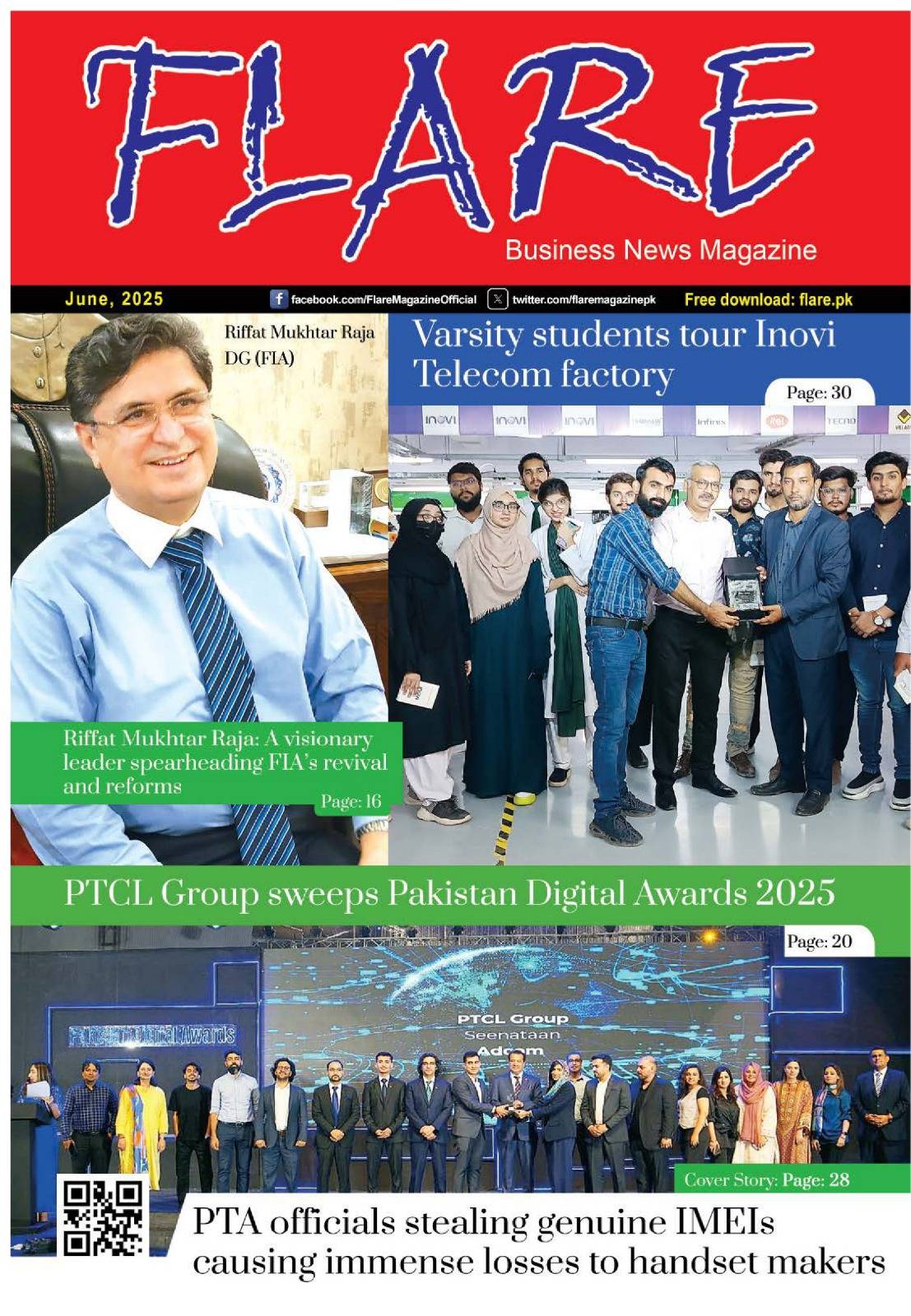Siemens Technology Controls World’s First 3D-Printed Office Building in Dubai
Karachi: The world’s first 3D-printed office building has been inaugurated in Dubai,using smart technology from Siemens to integrate the building management systems, access control and surveillance into a central building management platform.
 “This is a globally significant project – the first of its kind – and our contribution is the very latest in intelligent building automation and control,” said Dietmar Siersdorfer, CEO, Siemens Middle East. “Increasingly intelligent, digitalized infrastructure is paving the way for a more sustainable future in the UAE, and we are proud to be supporting Dubai’s smart-city strategy, and the country’s national vision 2021, by showcasing our technology in this landmark project.”The 250-square-meter‘Office of the Future’ was constructed using a 3D printer measuring 20 feet high, 120 feet long and 40 feet wide, and built on the site of Emirates Towers in Dubai.Integrating key components of the ‘Office of the Future’ is a unique Building Management Platform from Siemens, Desigo CC, enabling the control and optimization of the building’s technical infrastructure, surveillance, air conditioning, access control and safety technology from a single location.A customized platform displays the status of these different systems in real time, enabling operators to accurately monitor and control the building’s performance.The‘Office of the Future’ concept also uses a Siemens video surveillancesystem with high-definition cameras and web-enabled access via apps and web clients, and an access control system based on biometrics and smart cards.Siemens has also supplied smart fire protection with technology for detection, alarm signaling and control, using multi-criteria detectors which can adapt to changing environments, analyze signals for false alarms and protect against hazards such as the presence of carbon monoxide. The system can also be analyzed, evaluated and diagnosed remotely for more efficient maintenance.“Integrating key functions with an intelligent building management system has clear safety, cost and efficiency benefits, and at the moment only Siemens is able to combine the management of all building disciplines in one integration platform,” said Koen Bogers, Senior Executive Vice President, Building Technologies, Siemens Middle East. “Desigo CC gives building operators a precise overview of their assets, allowing them to be managed more efficiently and transparently while enabling flexible usage and energy conservation.”The Desigo CC Building Management Platform is also able to accommodate a wider range of building systems including heating, ventilation and air conditioning, power, lighting and shading, and components can be added when requirements change. Global installations of Desigo CC have realized reductions in building operating costs of up to 20 percent.
“This is a globally significant project – the first of its kind – and our contribution is the very latest in intelligent building automation and control,” said Dietmar Siersdorfer, CEO, Siemens Middle East. “Increasingly intelligent, digitalized infrastructure is paving the way for a more sustainable future in the UAE, and we are proud to be supporting Dubai’s smart-city strategy, and the country’s national vision 2021, by showcasing our technology in this landmark project.”The 250-square-meter‘Office of the Future’ was constructed using a 3D printer measuring 20 feet high, 120 feet long and 40 feet wide, and built on the site of Emirates Towers in Dubai.Integrating key components of the ‘Office of the Future’ is a unique Building Management Platform from Siemens, Desigo CC, enabling the control and optimization of the building’s technical infrastructure, surveillance, air conditioning, access control and safety technology from a single location.A customized platform displays the status of these different systems in real time, enabling operators to accurately monitor and control the building’s performance.The‘Office of the Future’ concept also uses a Siemens video surveillancesystem with high-definition cameras and web-enabled access via apps and web clients, and an access control system based on biometrics and smart cards.Siemens has also supplied smart fire protection with technology for detection, alarm signaling and control, using multi-criteria detectors which can adapt to changing environments, analyze signals for false alarms and protect against hazards such as the presence of carbon monoxide. The system can also be analyzed, evaluated and diagnosed remotely for more efficient maintenance.“Integrating key functions with an intelligent building management system has clear safety, cost and efficiency benefits, and at the moment only Siemens is able to combine the management of all building disciplines in one integration platform,” said Koen Bogers, Senior Executive Vice President, Building Technologies, Siemens Middle East. “Desigo CC gives building operators a precise overview of their assets, allowing them to be managed more efficiently and transparently while enabling flexible usage and energy conservation.”The Desigo CC Building Management Platform is also able to accommodate a wider range of building systems including heating, ventilation and air conditioning, power, lighting and shading, and components can be added when requirements change. Global installations of Desigo CC have realized reductions in building operating costs of up to 20 percent.
Siemens AG (Berlin and Munich) is a global technology powerhouse that has stood for engineering excellence, innovation, quality, reliability and internationality for more than 165 years. The company is active in more than 200 countries, focusing on the areas of electrification, automation and digitalization. One of the world’s largest producers of energy-efficient, resource-saving technologies, Siemens is No. 1 in offshore wind turbine construction, a leading supplier of gas and steam turbines for power generation, a major provider of power transmission solutions and a pioneer in infrastructure solutions as well as automation, drive and software solutions for industry. The company is also a leading provider of medical imaging equipment – such as computed tomography and magnetic resonance imaging systems – and a leader in laboratory diagnostics as well as clinical IT. In fiscal 2015, which ended on September 30, 2015, Siemens generated revenue of €75.6 billion and net income of €7.4 billion. At the end of September 2015, the company had around 348,000 employees worldwide.



